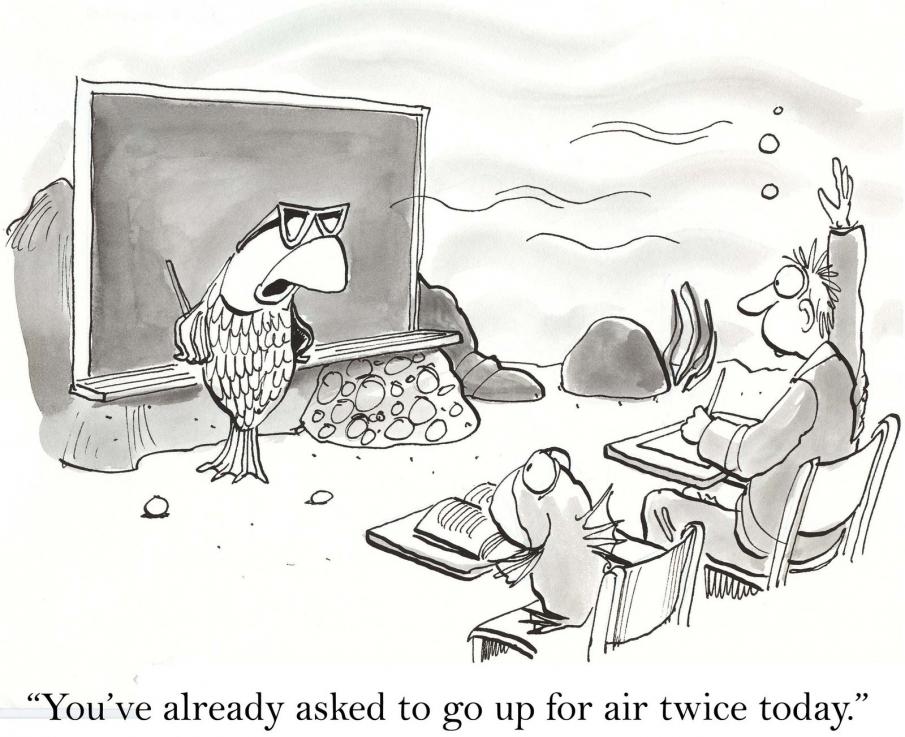Speed up Your Language Learning With Chunks - Not Just Individual Words
 We all want to speed up our language learning, right? Lately, I have been practicing Dutch and Spanish vocabulary with LearnwithOliver.com and I noticed something interesting: When looking over the daily “Sentence of the Day” and “Words of the Day” list, I recognize most of them and understand their meaning.
We all want to speed up our language learning, right? Lately, I have been practicing Dutch and Spanish vocabulary with LearnwithOliver.com and I noticed something interesting: When looking over the daily “Sentence of the Day” and “Words of the Day” list, I recognize most of them and understand their meaning.
However, when I later review the “Words in the Queue,” I often cannot produce the English translation for individual words. On the other hand, when I scroll down to the foreign example sentence – which includes the foreign word I can't remember – the meaning of that word becomes quite clear.
I have found that in many cases remembering words as a part of a “chunk” helps a lot (as do other mnemonic practices). A chunk is a short group of words that typically go together.
In my language learning, I've come across various types of chunks (also called “collocations”). Here are a few examples:
1. A chunk that you remember because of an association you create
Continuing with my “Words in the Queue” example from above: I've had a hard time remembering the meaning of the Spanish word “aguantar” (to put up with, hold, support, bear).
 LearnwithOliver's example sentence was: ¿Puedes aguantar la respiración durante 30 segundos?
LearnwithOliver's example sentence was: ¿Puedes aguantar la respiración durante 30 segundos?
What finally helped me, was to remember the expression “aguantar la respiración” (to hold your breath).
The word “aguantar” contains (for me) the word “agua,” and I see the mental image of “holding one's breath under water.” With that image, I can now remember the individual word too, and its meaning in different contexts.
2. A short chunk containing a grammatical kernel
 These can be prepositional phrases, typical verb-noun, or adjective-noun constructions, etc. Once such word combinations become automatic, they provide good building blocks for speaking.
These can be prepositional phrases, typical verb-noun, or adjective-noun constructions, etc. Once such word combinations become automatic, they provide good building blocks for speaking.
In German, phrases “nach Hause” and “zu Hause” are better remembered in context with related verbs, such as “nach Hause kommen” (to come home) or “zu Hause sein” (to be at home).
(In Gamesforlanguage's German Stories “zu Hause” and “nach Hause” appear in different contexts, which you can find by just searching for Hause in our German Dictionary)
In Spanish, “en casa” and “a casa” are quite similar to their German equivalents, as a search for casa in our Spanish dictionary will show.
3. A chunk in which the meaning of the individual words doesn't add up to the meaning of the phrase
With the English phrase, “What's up?”, you're not really asking the question literally, right? Other languages have similar phrases.
 In Spanish, you ask: “¿Qué tal?” The word “tal” alone translates as: such, that. But the greeting means: What's going on?, How about it?
In Spanish, you ask: “¿Qué tal?” The word “tal” alone translates as: such, that. But the greeting means: What's going on?, How about it?
Germans typically greet each other: “Wie geht's?” This is literally How does it go? How goes it?, but means: How are you?
Very similarly in Italian: “Come va?” (“va” = it goes) and in French you have: “Ça va?”, short for “Comment ça va?”
These greetings, etc. you'll remember without even thinking about grammar and the meaning of the individual words.
4. A chunk that contains an image that doesn't translate into your language
The German expression: “nichts am Hut haben” (literally: to have nothing on the hat), means: not to care a fig about something.
 The French expression: “Ça a l'air bon” (literally: that has the good air), means: That looks good.
The French expression: “Ça a l'air bon” (literally: that has the good air), means: That looks good.
The Spanish expression: “estar por las nubes” (literally: to be for the clouds), just means that something is "very expensive.” Replacing “por” with “en”, however, changes the meaning completely: “estar en las nubes” means that somebody is in the clouds, or daydreaming.
There are many expressions in all languages that you'll not understand if you just translate the individual words.
But once you understand the expression, it also lets you remember more easily the individual words through association with the image.
How to practice chunks
A good way to practice a chunk is to copy an existing audio, or record it yourself. Then play and repeat it often. You should know it so well that you can say it automatically, without thinking about how the phrase is put together.
That's also why we encourage learners on GamesforLanguage to repeat every phrase and sentence aloud. This will not only help you with your pronunciation, but it's also a great way to remember typical expressions.
A good tool for recording a phrase you want to practice is using the free Audacity audio program which you can download both for Windows or Mac by using the above link. (We'd like to credit an earlier Mezzofanti Guild post for making this suggestion.)
Never Again Wordlists or Grammar Paradigms?
That's up to you. For some, memorization of words and endings feels like a chore. I, for one, actually like learning and reviewing vocabulary. There are plenty of programs around for doing that, a popular one being Memrise.
In any case, I prefer learning words and grammar structures that I've seen in context. That way, I'm sure of the meaning and I avoid committing “google translate” type bloopers.
From time to time, I also go to check a conjugation just to make sure I have the forms right. Wordreference has conjugation pages for many languages, where you can see the full conjugation of a verb on one page.
For me, various forms of chunks (pre-assembled phrases) are the anchors of the language I'm learning. Once they become automatic, I'm freed up to focus more on the message that I'm trying to express.
Bio: Peter Rettig is the co-founder of Gamesforlanguage.com. He's a lifelong language learner, growing up in Austria, Germany, and Switzerland. You can follow him on Facebook, Twitter and Instagram, and leave any comments with contact.
